Research
Creation of New Photofunctional Materials Based on Cooperative Effects
Modern society is based on the production of energy, primarily, from fossil fuels; however, these resources are limited. Therefore we are now confronted with a difficult problem: producing energy without burning fossil fuels. We study “light energy conversion materials” in order to utilize renewable energy. Our project is to create highly functional and high-performance light energy conversion materials based on polymers that have excellent features such as high processability, ability to form films, lightweight and flexibility in molecular design.
 Macroscopic properties of polymer materials originate from microscopic structure and behavior of polymer chains. Controlling the orientation and alignment of polymer chains is important in improving mechanical, electronic and optical properties of polymer materials. We explore two approaches below to control the molecular orientation precisely.
Macroscopic properties of polymer materials originate from microscopic structure and behavior of polymer chains. Controlling the orientation and alignment of polymer chains is important in improving mechanical, electronic and optical properties of polymer materials. We explore two approaches below to control the molecular orientation precisely.

• Use of self-assembling polymers
Introduction of liquid-crystalline molecules into polymers enables the orientation of polymers at the nanometer scale.
• Control of the orientation using external field
Utilization of light enables precise alignment of chromophores through non-contact and remote controls.
We focus on the following two systems as light energy conversion materials.
We focus on the following two systems as light energy conversion materials.
1. Photovoltaic Materials (Organic Thin Film Solar Cells)
Organic solar cells are composed of electron donors and electron acceptors. Absorption of light leads to the formation of excitons (strongly bound electron-hole pairs). Excitons defuse to the donor/accepter interface and separate into electrons and holes. These charge carriers are transported to electrodes to give a direct current to an external circuit. Our project attempts to develop high-performance photovoltaic devices based on polymers.
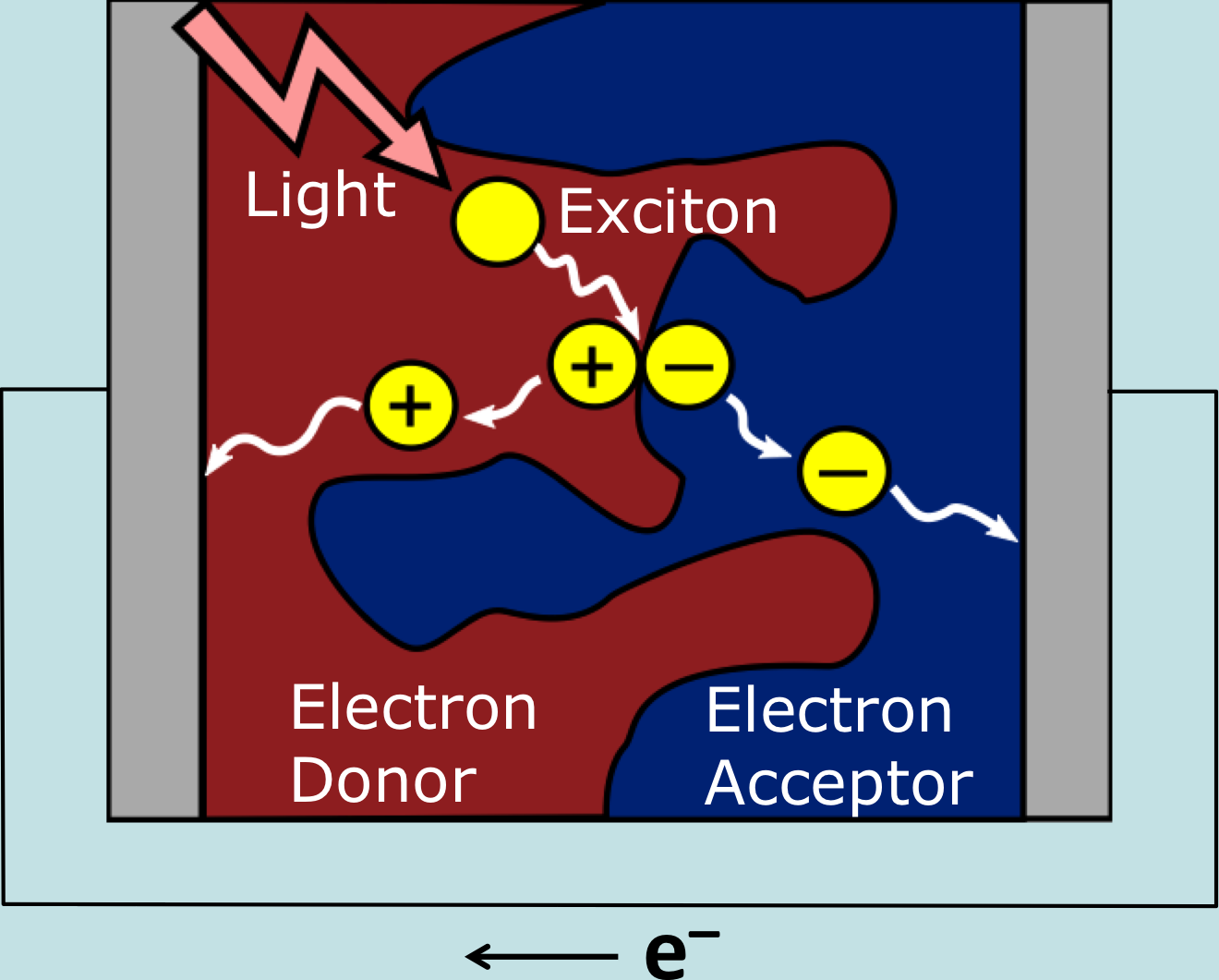
2. Photomobile Materials
Photomobile materials can be obtained by crosslinking liquid-crystalline polymers containing photoresponsive molecules. In these polymers, the conformation of polymer chains strongly correlates with the orientation of liquid-crystalline molecules. When the photoreaction is brought about by irradiation with light, the change in a single molecular level is amplified and converted into the macroscopic shape change of the material. We have developed photomobile polymer materials that can convert light energy directly into mechanical work. These materials show a variety of three-dimensional movements just by controlling the irradiation conditions of actinic light (see movies below). It is expected that these photomobile polymer materials will be developed for various applications, such as microactuators and microfluidics devices without wires, electrodes, gears and motors.

[Examples of Photomobile Materials]
Light-Driven Plastic Motor
Light-Driven Robotic Arm
Inchworm Walk
We carry out research as a unit in Research and Development Initiative, collaborating with the Faculty of Science and Technology.
Journal Coverpages
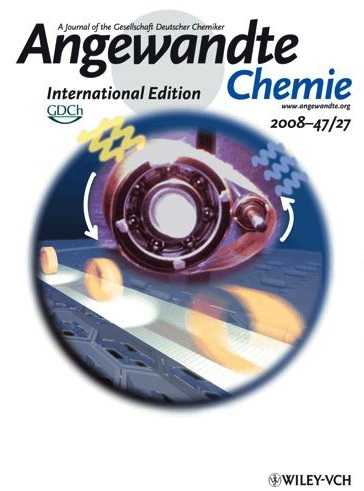 |
 |

|

|

|
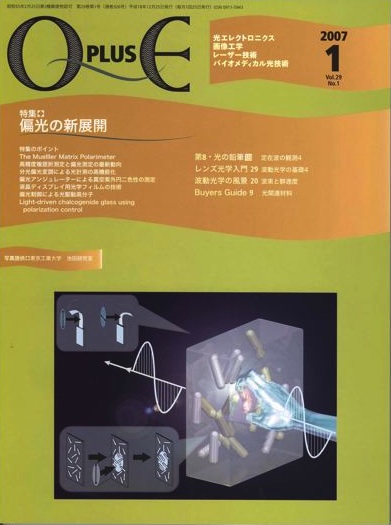
|
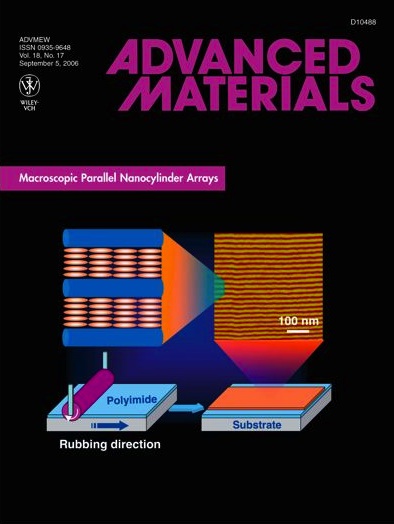
|
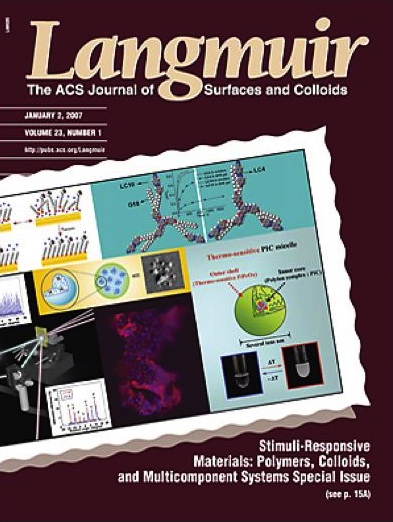
|
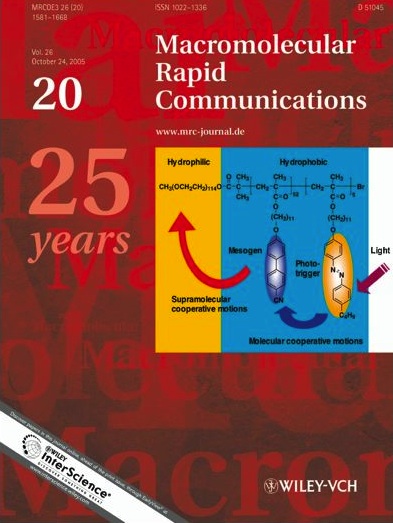
|
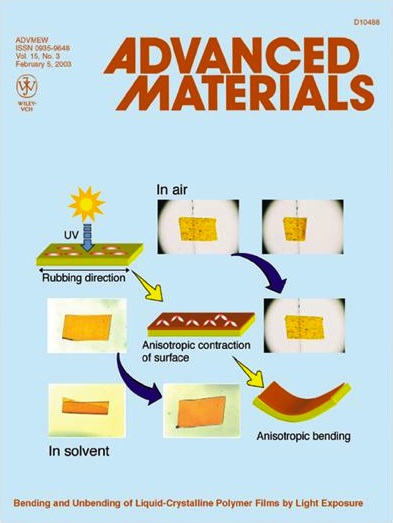
|
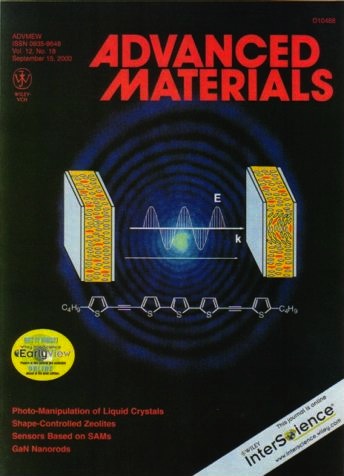
|

|
